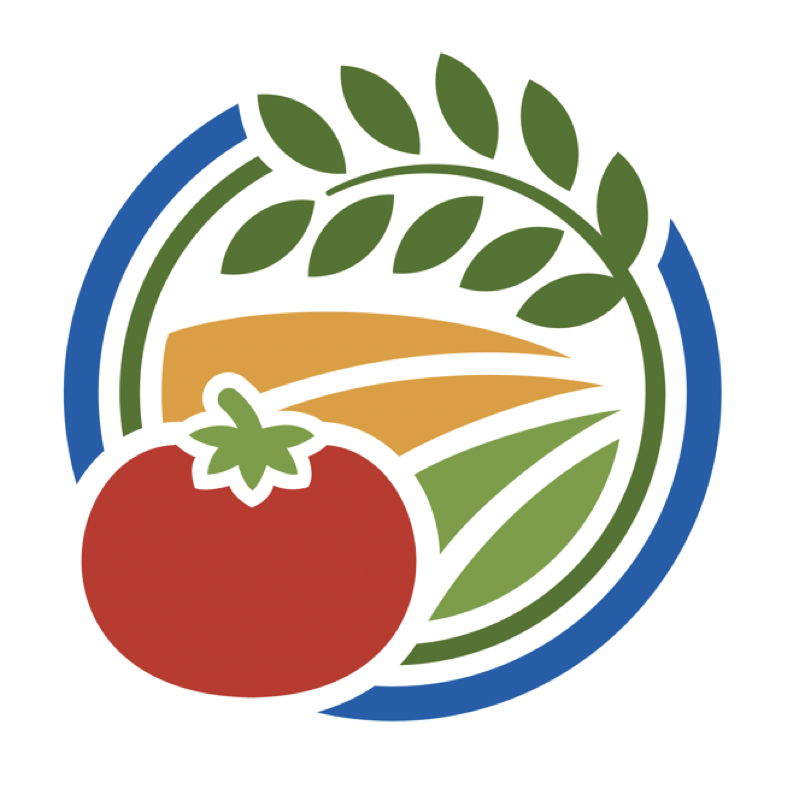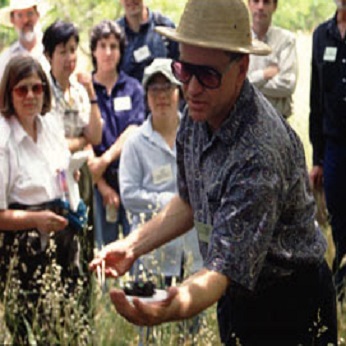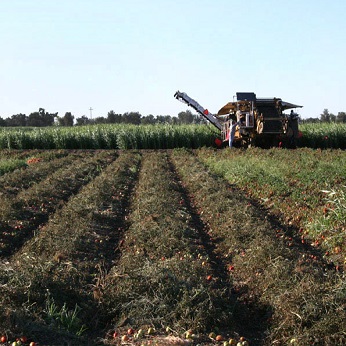Soil nutrient management is defined by the USDA as managing the application of commercial fertilizers, manure, amendments, and organic by-products to agricultural landscapes as a source of plant nutrients. A common framework for approaching nutrient management is known as the “Four Rs”:
- Right amount - the proper rate of application
- Right source - applying the proper type
- Right placement - using the appropriate method for application
- Right timing - applying at the correct time in the lifecycle of the system
By considering the Four Rs, growers can maximize the nutrients taken up by a crop and minimize the amount of additions wasted or lost to the environment. Careful consideration of soil nutrient management is a critical component of sustainable agriculture because it provides growers with economic benefits while reducing the negative impacts that excess nutrient amendments may have on the environment.
Overview
Two overall objectives in soil nutrient management are to improve soil health and to meet the nutrient requirements of crops. Healthy soil, as defined by the Natural Resource Conservation Service, is the “continued capacity of soil to function as a vital living ecosystem that sustains plants, animals, and humans.” This definition specifies the need to meet nutrient requirements and crop productivity both in the short run and for long term production goals.
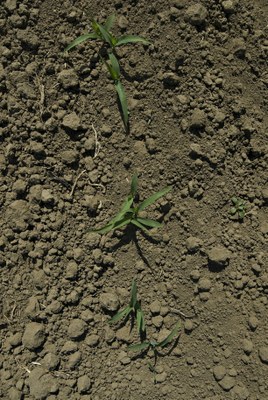
Determining crop nutrient requirements is a key starting point for creating a nutrient management plan. Often the nutrient-supplying capacity and physical makeup of a soil is determined through at-home or professional soil testing. Results from these soil tests will dictate which management practices and soil amendments will allow for an increase in crop yield or profitability, and should be performed on a regular basis dependent on the cropping regime.
The nutrients that are often most critical for growers to consider are nitrogen, potassium, and phosphorous. An overabundance or excessive application of any of these nutrients may lead to environmental degradation through the release of nutrients into the surrounding environment. Soil testing will also reveal deficiencies of other nutrients and can provide a grower with information such as water holding capacity and soil acidity
Increasing soil organic matter is an important objective for improving soil health. The formation and decomposition of soil organic matter stores and releases energy and nutrients that, in turn, become available for plant uptake. In addition to nutrients, soil organic matter can improve soil texture, structure, and chemical balance, while providing habitat for a greater diversity of soil flora and fauna. Soil management techniques that are focused on increasing soil organic matter will tend to lead to systems with adequate nutrient supplies and storage capacity.
Integrating the inclusion of cover crops, compost, or manure into a management system are all methods for increasing soil organic matter and nutrient availability without relying on chemical fertilizers. Using any of these techniques in a cropping system require assessing the site-specific nutrient needs and impacts that amendments may have. Under some circumstances, commercial fertilizers may be the most cost-effective and sustainable method for increasing soil health and managing nutrient uptake by crops.
UC Involvement
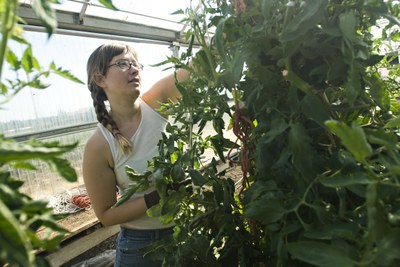
The Solution Center for Nutrient Managment is an initiative of the UC Sustainable Agriculture Research and Education Program (UC SAREP) to provide agricultural nutrient management resources to growers, and to strengthen the level of knowledge sharing and outreach networks between university researchers, extension advisors, and California’s farmers and growers. The searchable database of nutrient management research is an online information portal that links users to science-based practical nutrient management information.
The UC Cooperative Extension Small Farm Program developed an additional Guide for Fertilizing Vegetables, which can assist farmers looking for background information on proper fertilization requirements for vegetable crops. This site is appropriate for small-scale farmers or home gardeners looking to increase productivity or limit nutrient losses through proper application methods and amounts.
The UC Division of Agriculture and Natural Resources (UC ANR) has also designed a website for Nutrient Management for Vegetable, Fruit and Nut Crops. This site is particularly applicable to commercial growers and allows users to search and sort for information by crop or topic.
The UC Davis California Soil Resource Lab provide growers and interested parties information on a variety of soil science topics.
UC Resources
Contributors: Leigh Archer, Bev Ransom, Mariah Coley
Reviewed by:
How to cite this page
UC Sustainable Agriculture Research and Education Program. 2017. "Soil Nutrient Management." What is Sustainable Agriculture? UC Division of Agriculture and Natural Resources. <https://sarep.ucdavis.edu/sustainable-ag/soil-nutrient-management>
